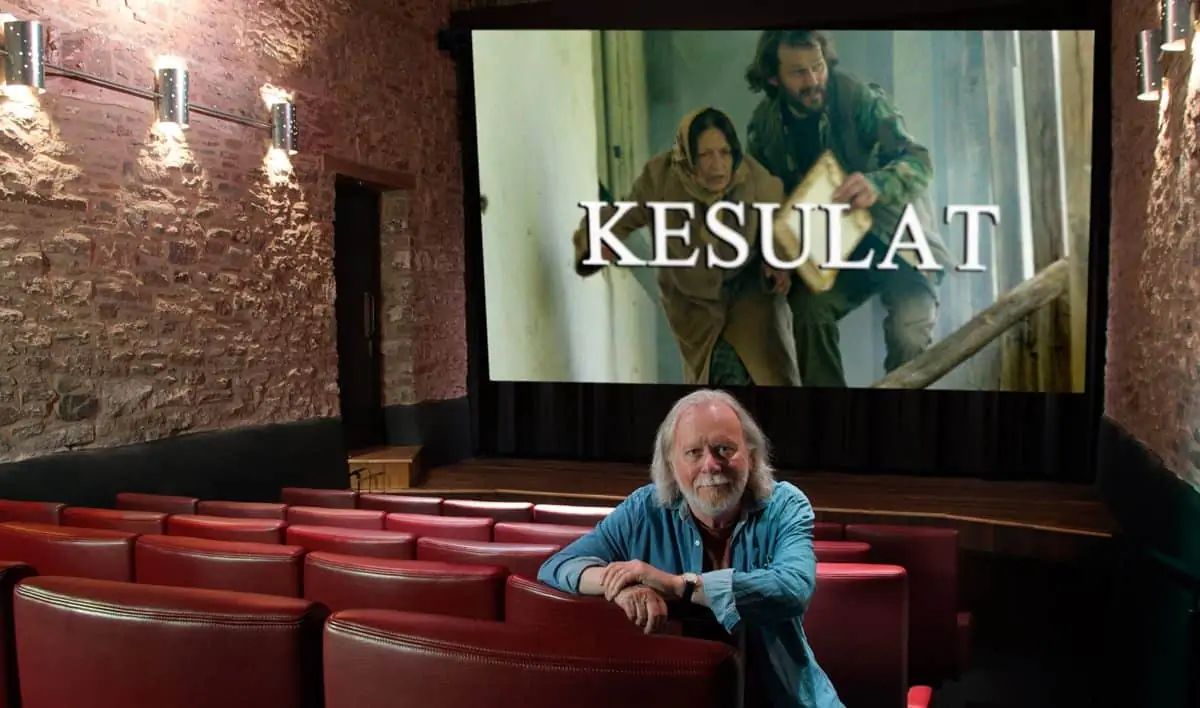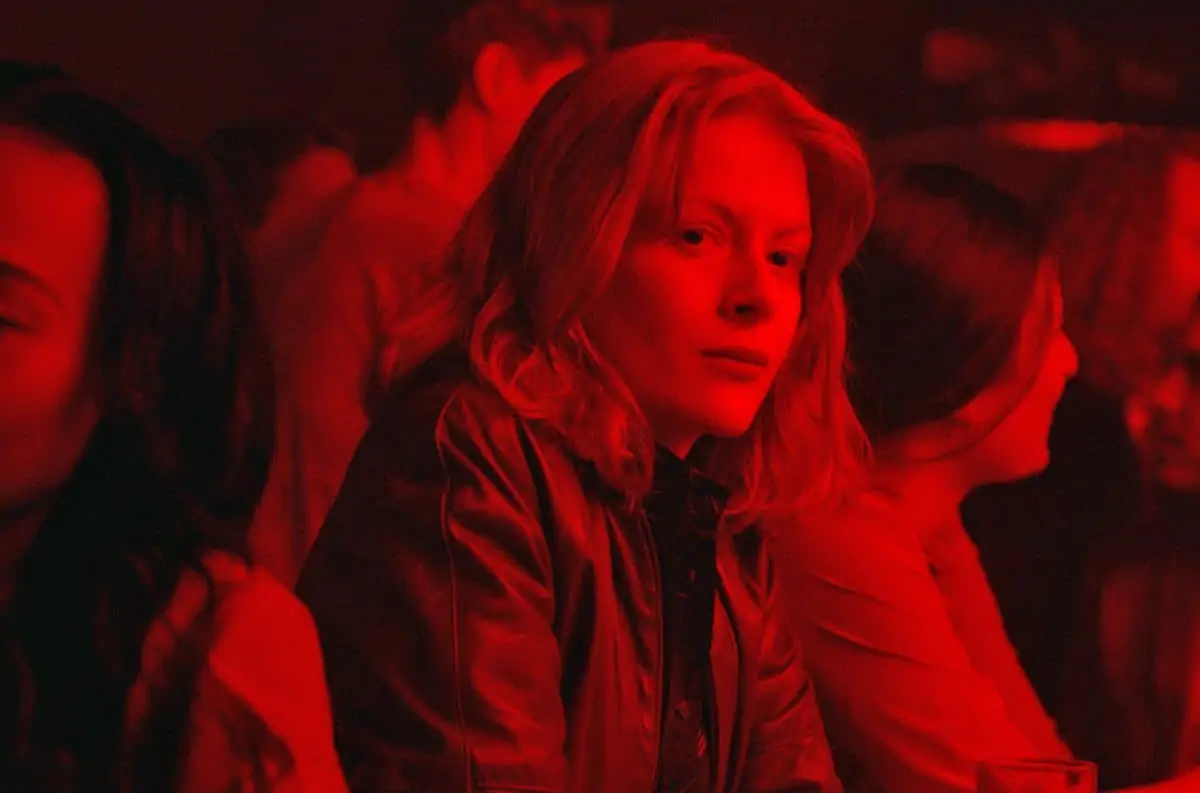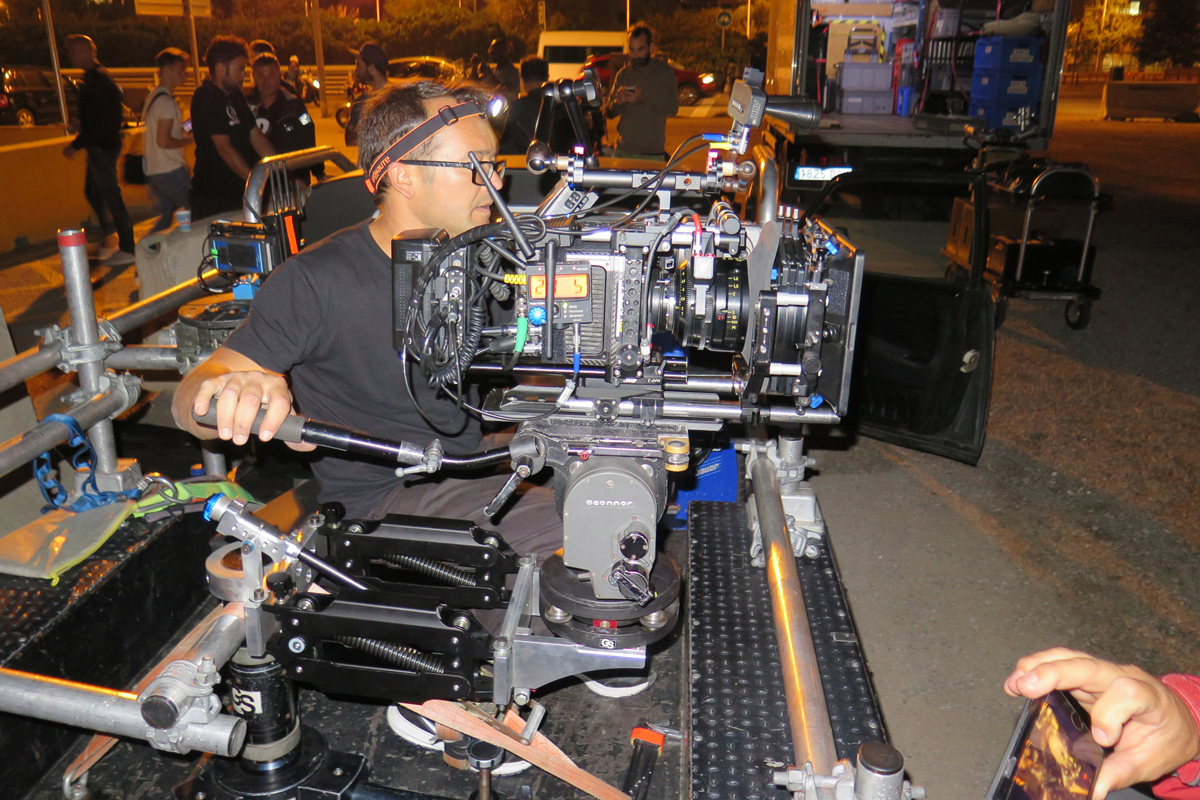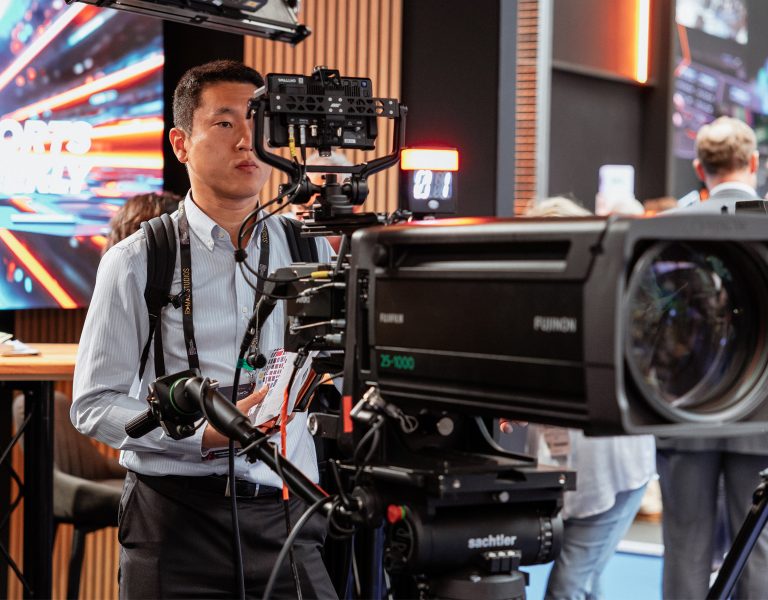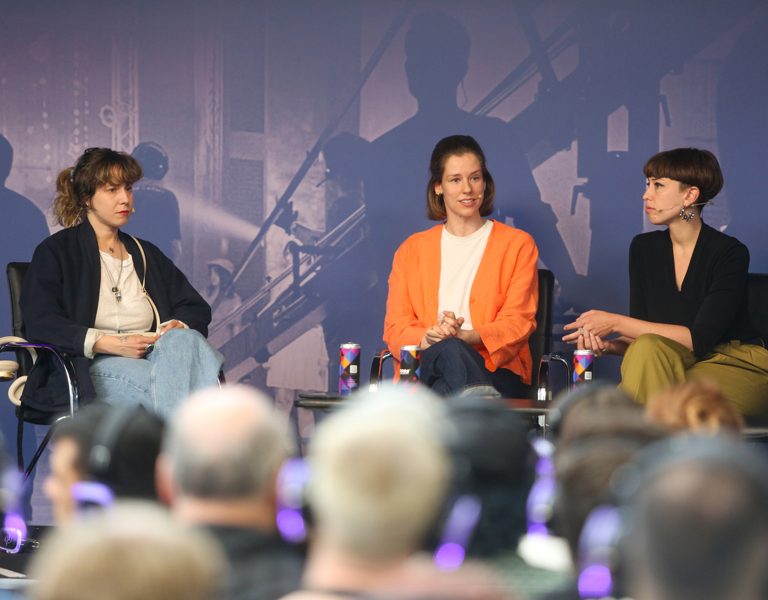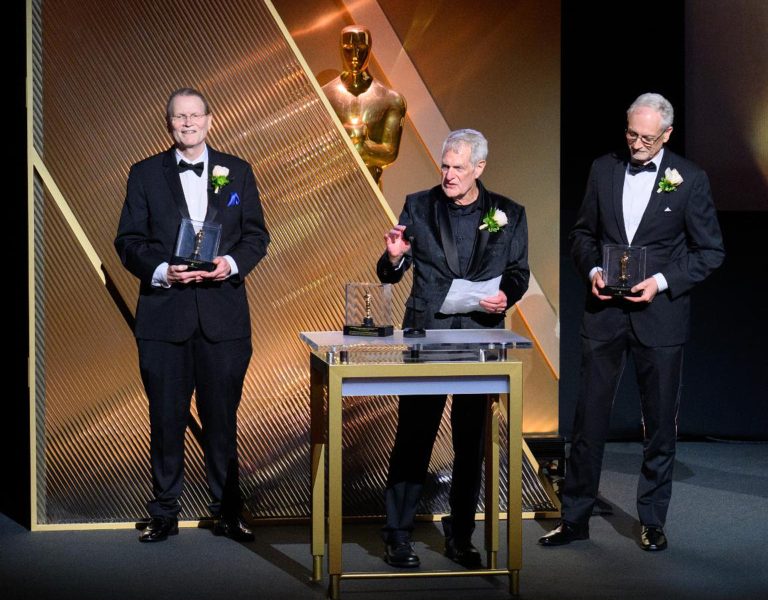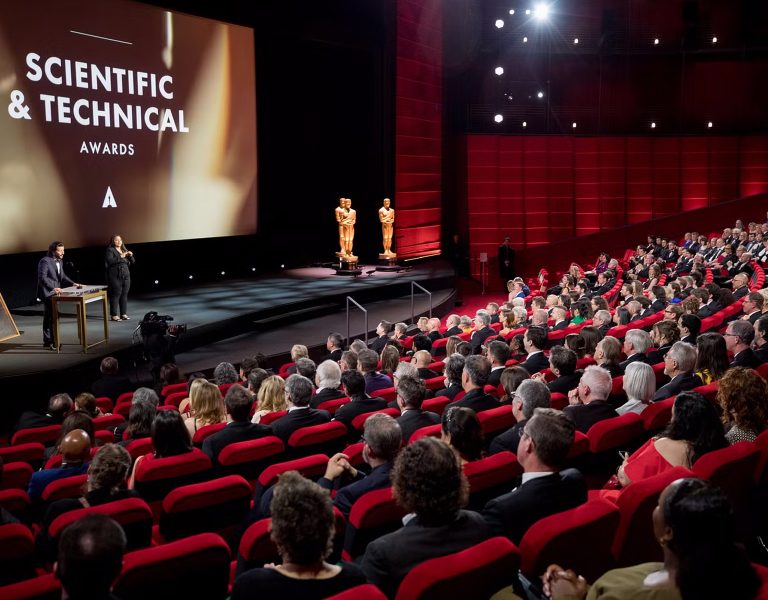On Boxing Day, BBC hit crime series Ripper Street will return for series four, opening with a feature length version titled The Strangers Home, featuring returning characters Bennet Drake played by Jerome Flynn and Reid played by Matthew McFadden. New faces join the returning cast including Abel Croker played by David Threlfall and Commissioner Augustus Dove played by Killian Scott. The episode was directed by Kieron Hawkes and shot by cinematographer Si Bell, who kindly wrote in with details about his work.
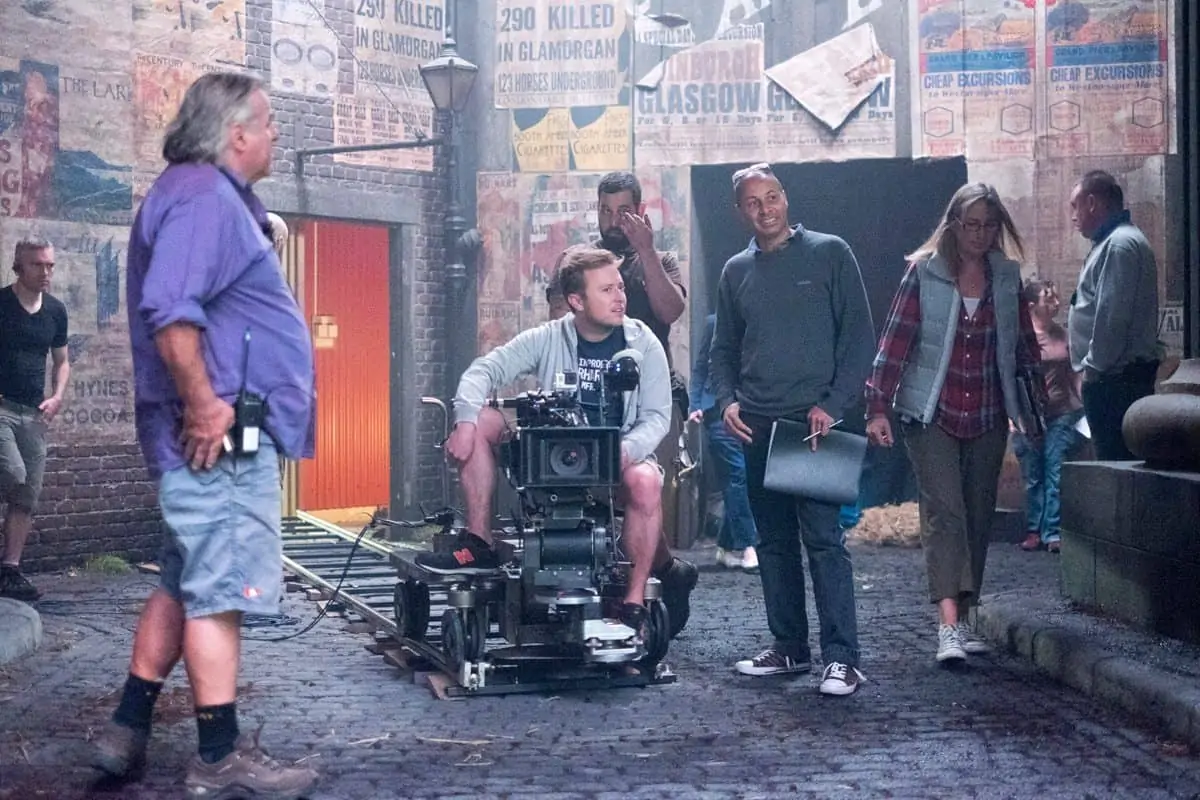
“The production shot in Dublin with entirely brand new sets including an exterior of Leman Street, built in a large interior studio space in an disused hotel complex in Kilternan. With the large-scale street set the aims for lighting were to achieve day and night looks that were realistic and also quick to change between, due to the relatively tight schedule.
The main set was built in a large, former indoor tennis court, which was about 30ft high. Production designer Stephen Daly built the set to the roof, due to the limited height, so there was a very limited amount of space for lighting. The challenge was to rig the set so that the filmmakers could achieve a natural-looking daylight ambience, and also be able to vary the look between dusk, night and rainy weather (the set also had the ability to have rain effects).
After consultation with gaffer James McGuire it was decided that rigging the set with LED lighting would be the ideal solution. The new, budget-friendly ETC Colour LED Sources were chosen and rigged into the ceiling to create a large softbox, using diffusers and a number of 20×20 1/4 grid cloth. The Colour Sources were perfect as their Parcan-like focussed beam meant they punched light down, so the set walls close to the source didn’t get too hot. Also, we could rig them very tight to the roof with no heat issues normally caused by Tungsten heads. The Colour Sources were controlled by an iPad-based custom dimming system, designed by James McGuire. This enabled the filmmakers to dim the lights without altering the colour temperature and also to dial-in any one of the six million colours available, and create a variety of looks with very limited set-up time.
After a number of camera tests at Panavision Ireland, the production decided to use the ARRI Alexa with Panavision PVintage lenses to give the show a softer, more period look. During the camera and lens tests, and whilst setting he lighting looks on the Leman Street set, I worked closely with Deluxe grader Paul Staples to create a base LUT. Working on-set with DIT Philip Blake this base LUT was tweaked and sent through for rushes and offline editorial. These were used as a guide in the DI back in Deluxe London.
Keeping the essence of the show was important but also the producers also wanted to give it a fresh new look. The new series was set in 1897, around the time of Queen Victoria’s Jubilee and number of years ahead of series three. The filmmakers tried to show the technological advancements by updating the practical bulbs and using more electrical street lighting in the street set. Instead of going for a traditional moonlit look for our exterior night it was decided to push for more of a warmer Tungsten look. The production designer Stephen Daly helped with this by rigging main street with 33 practical street lights.”
